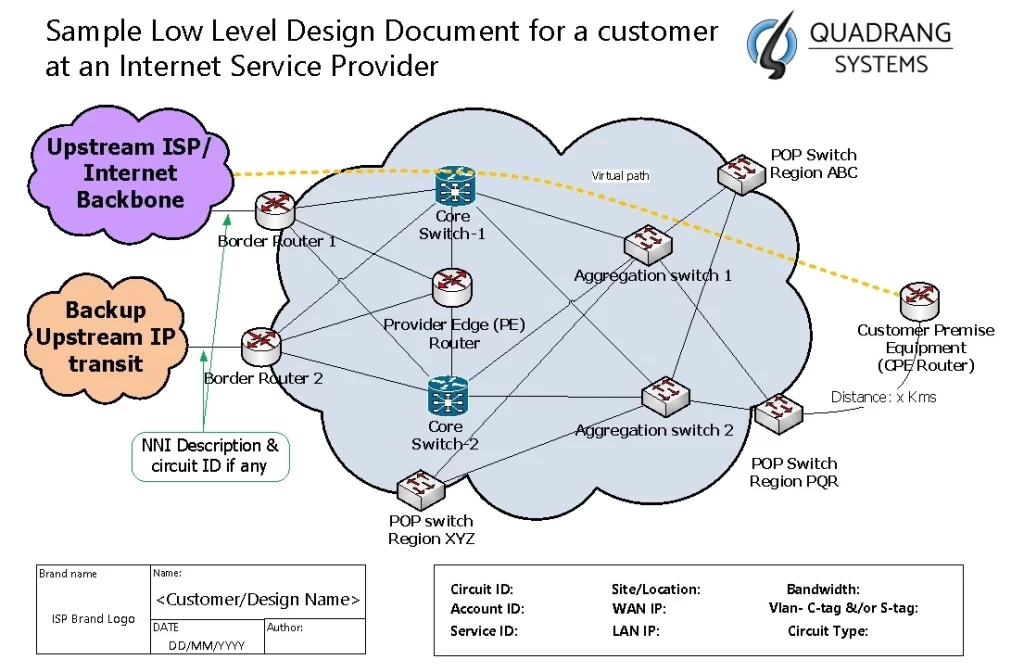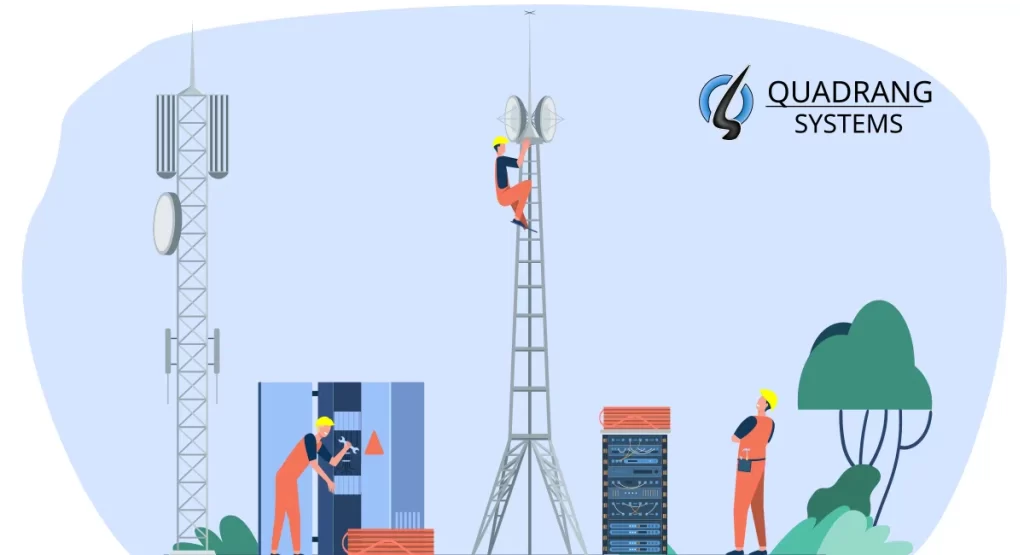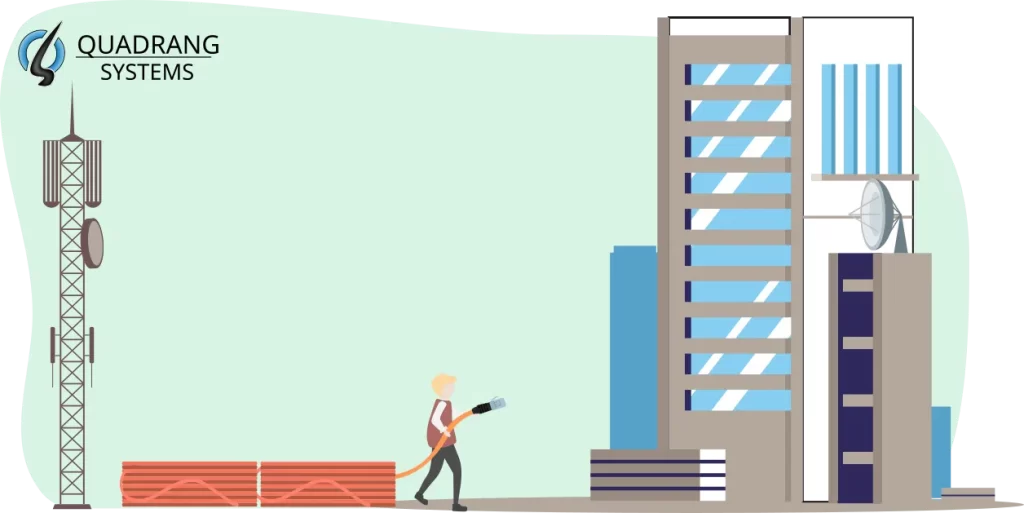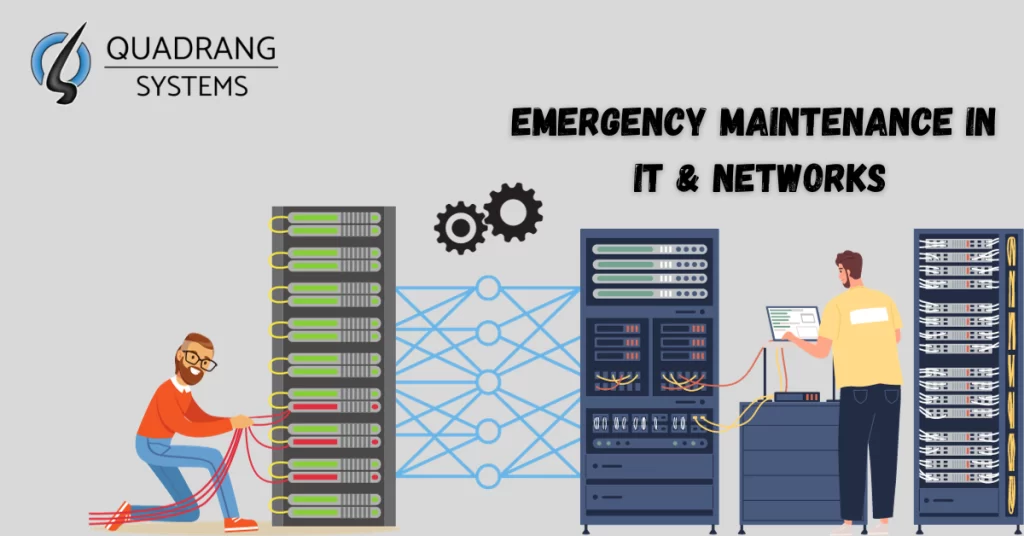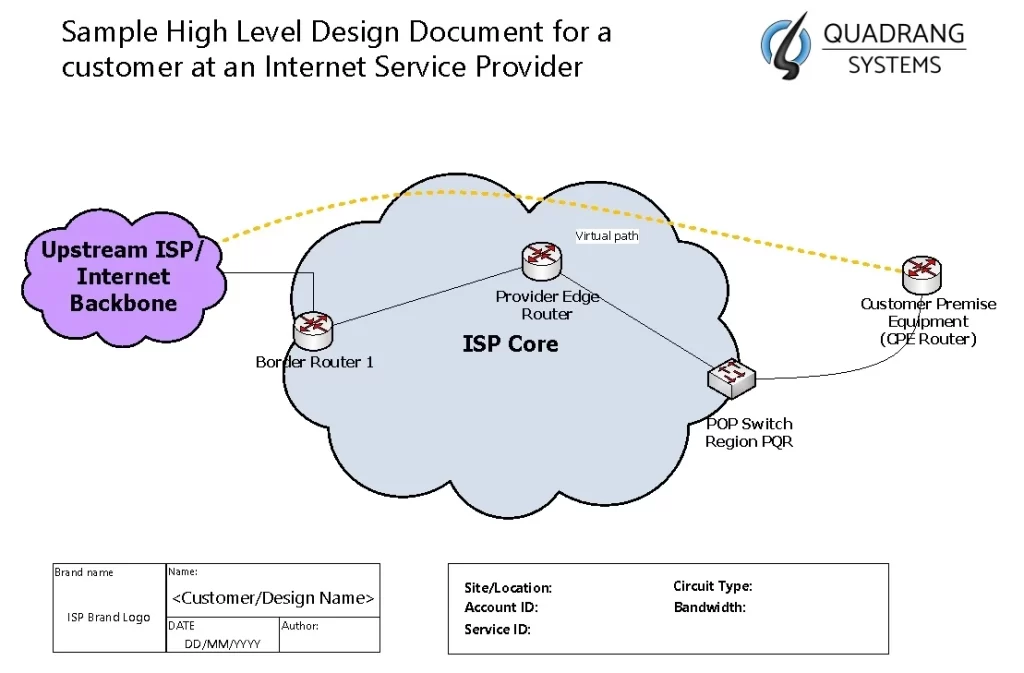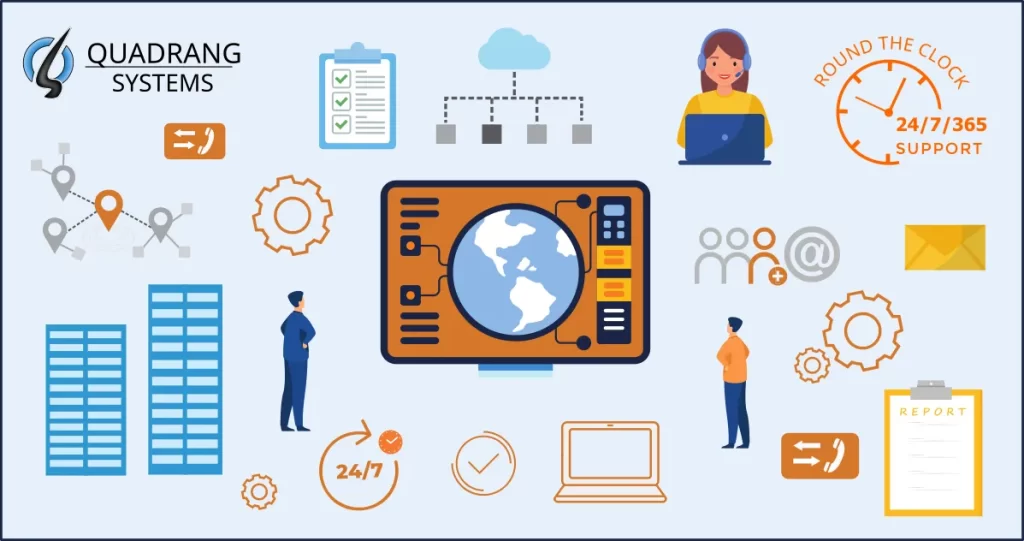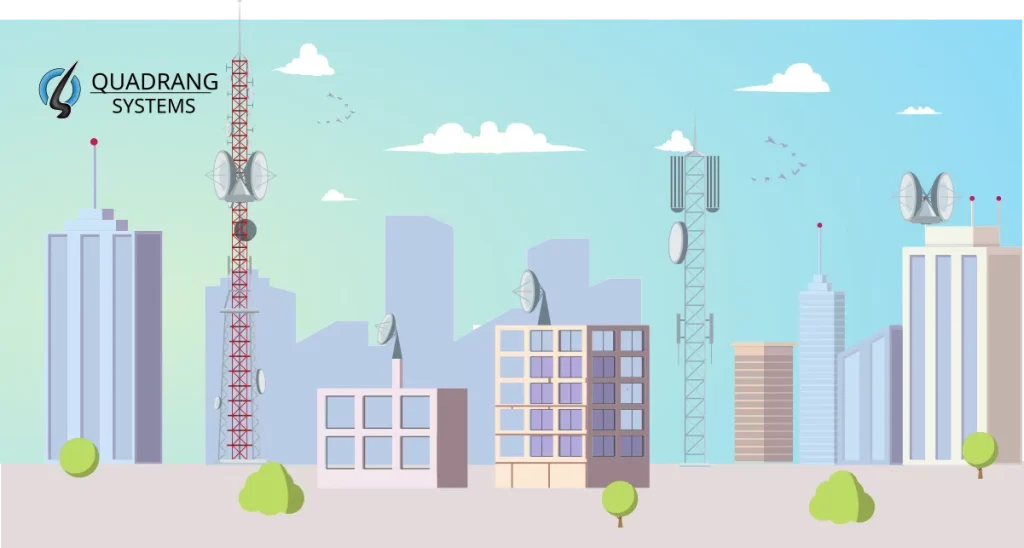9 details for a perfect Low Level Design for IP networks
Let’s dive into the key details for creating a solid low-level design (LLD) for packet networks. Engineers looking to sharpen network architecture and documentation abilities, or business owners aiming to properly define infrastructure, can gain from these insights. We’ll take a technical yet factual approach to highlight details which every low level network design should have
A flawless LLD includes certain elements. For network engineers and IT folks, optimizing performance and scalability is critical. Mapping logical to physical topology ensures aligning business needs to capabilities – be it for a customer or for own WAN/LAN.
For business heads, an LLD meeting operational and budget needs is essential – the yearly budget which was allocated for this purpose. Quantifying bandwidth capacity, security layers, hardware/software specs steers prudent investments. Models displaying traffic flow, access control maps provide visibility. Modularity to alter components reduces disruption. It gives a better view of network expansion options for CxOs and Directors
There’s a lot to cover, so let’s continue unraveling key aspects that stitch together a robust computer network LLD. We’ll tackle the technical nitty-gritty as well as highlight business-centric areas. Feel free to read more than once
We’ll look into both ISP and Enterprise LLD considerations, starting with Enterprise ones.
9 Must have details for every Low Level Design for an enterprise IT network
When architecting resilient large-scale corporate infrastructure, the devil is in the details. Don’t let complex connectivity escape scrutiny – solid understanding of key specifics is essential. What core information should be at your fingertips during a network outage? Here are 10 must-have particulars in schematics of the low level design for every company’s IT infra
1) Site name
For obvious reasons, the site name should be in the LLD/Design document. Also there could be scenarios that there are multiple sites in a particular geographic region, hence the site name should be unique and clear for any new IT person to identify
2) Provider’s Circuit ID/ Service ID/ Account ID
Perhaps one of the most important piece of information for each site is the service provider’s name and their circuit id, which uniquely identifies the service given to each customer. This valuable piece of information is used for raising trouble tickets/cases with the provider in case of issues and WAN outages.
3) DIA, EPL, MPLS or a flexible hybrid?
The Circuit type specificity whether DIA (Dedicated internet Access) or EPL (Ethernet Private Line), MPLS (Multi protocol label switching) or a hybrid tells the network engineer or IT manager a lot about the connectivity type
4) Circuit bandwidth
The subscribed Bandwidth is a nifty info when it comes to troubleshooting speed issues. Tracking its usage helps in issues related to Voice, Video calls and whether that branch’s circuit may be maxing out the subscribed bandwidth.
5) Presence of VPN for security – IPsec, SSL or proprietary?
Sometimes sites have VPN from Branch to Head office or it could be no VPN or it could be individual per user VPN for remote users or those working from home. At least the existence of VPN and whether IPsec or SSL or any other VPN is a worthwhile information on an LLD
6) Device Port/Interface numbers for all devices
It is important to have the port or interface numbers and port types of all the network and IT equipment in the LLD. This includes ingress and egress port numbers, whether port type is copper or SFP, SFP connector type, optical wavelength etc.
7) Backup circuit details if any
Many crucial sites or most of the small business and even corporate/enterprises have backup options which should be a part of the HLD and LLD
8) Failover or SD-WAN if backup circuit exists
For contingency of production network traffic, the backup mechanism should be documented too. LLD should account for the mention of this and if there’s an auto-failover through routing protocols or an SD-WAN which uses both links together intelligently
9) Photos of actual rack installations
When it comes to troubleshooting physically, it is a nightmare. Bundles and loops of cables over devices engulfing them completely. A picture taken during installation greatly helps during outages or if the site/rack has to be rebuilt from scratch. It is important to update the photo every time there’s a change
Download Low Level Design Document Sample
Download our Low Level Design document file below which can serve as a good starting point for your LLD. This is a (.vsd) file and it can be opened and edited primarily by Microsoft Visio only, but for viewing, there are other tools such as Lucidchart, Visio Viewer, LibreOffice, etc
7 Must have details for every LLD for an ISP
1) DIA or EPL?
Service provider’s detailed diagram should clearly show Dedicated internet access link or Ethernet private point-to-point links. The DIA has Z end as the upstream ISP taking the traffic to the internet and A end as customer themselves. The EPL has A end and a Z end, both at two different customer sites in a point to point fashion
2) IP Addresses to identify devices/circuits
Documentation of IP addresses to of specific nodes in the network and most importantly the customer’s WAN IP address, Subnet Mask and the Gateway IP should be on the LLD.
3) Port Numbers
Leave no port unchecked by listing ones essential for transports and critical network services. Ingress and Egress ports, copper or optical, SFP optical wavelength, SFP connector type etc.
4) Bandwidth
The Low Level Design should always have this piece of information which also goes into the customer’s handover document, contract agreement and the SLA
5) VLAN
VLANs in the ISP are used for network segmentation on layer 2. Any DIA or EPL circuit will have a customer Vlan or in cases of QinQ, an S-Vlan/tag and a C-Vlan/tag. Both details should be mentioned. The handoff port can be singly tagged, double tagged or untagged.
6) Service IDs, Span IDs or Circuit IDs
Once again this important nifty piece of info goes into the customer handover using which the customer raises trouble tickets
7) Equipment Details
Device makes, models, types hostnames, labels enough describe the physical equipment that can be helpful during a catastrophe on site or reviewing the network setup after a decade
The right particulars take your network design from high level design to low level design. Our checklist equips you with key components for every network engineering design – an LLD that every packet network must have


